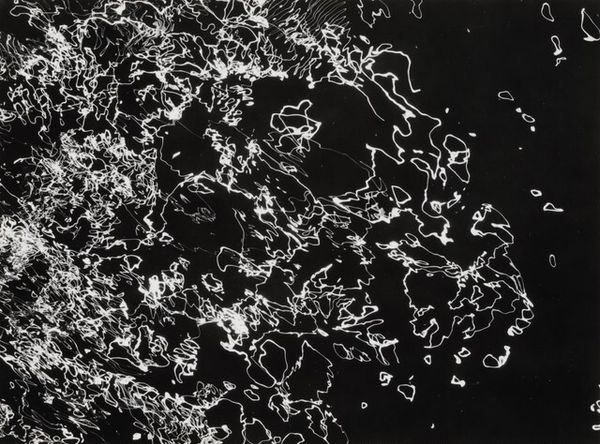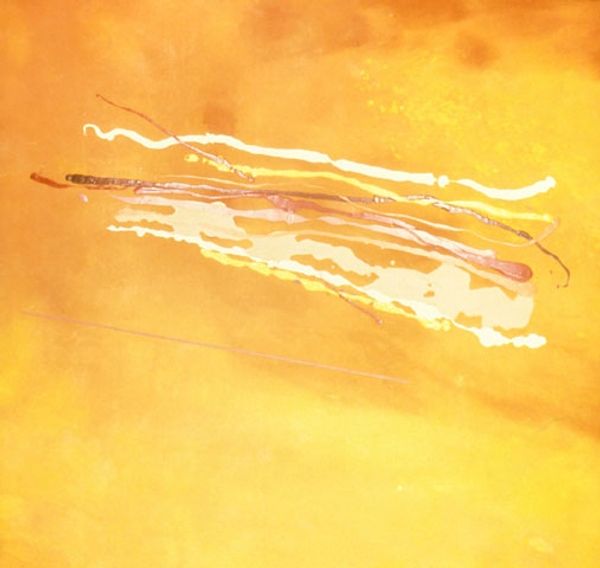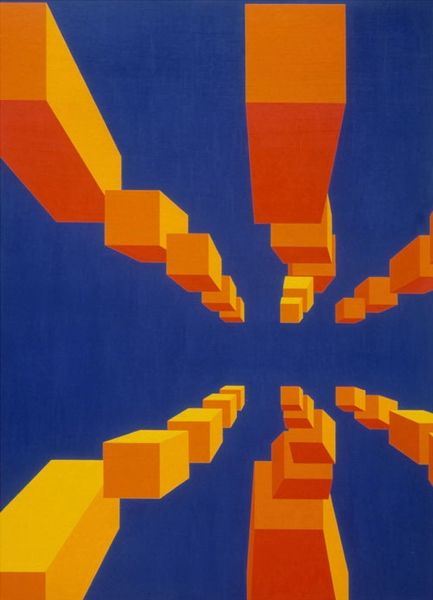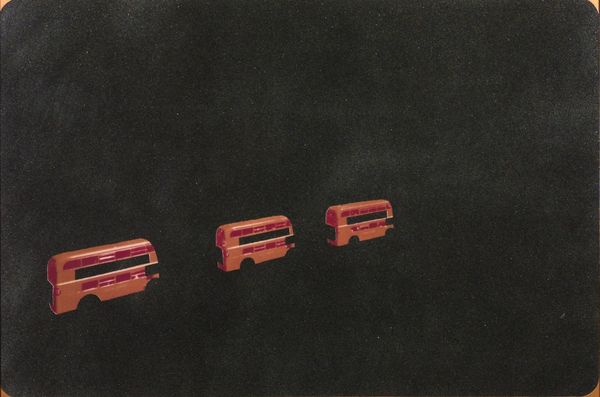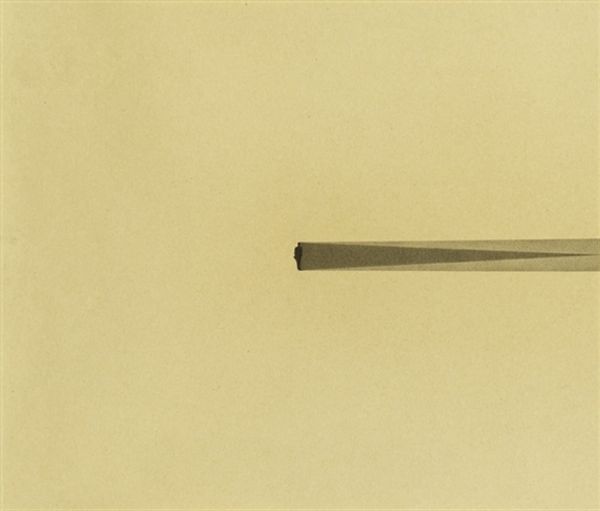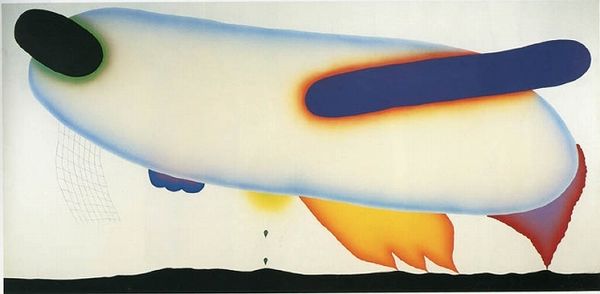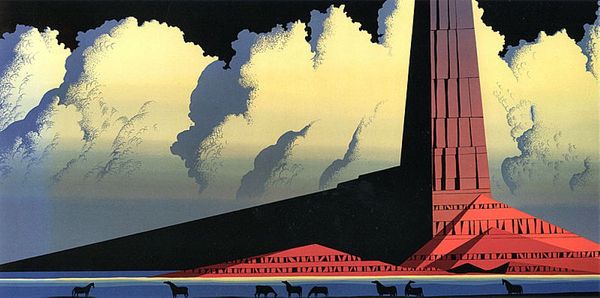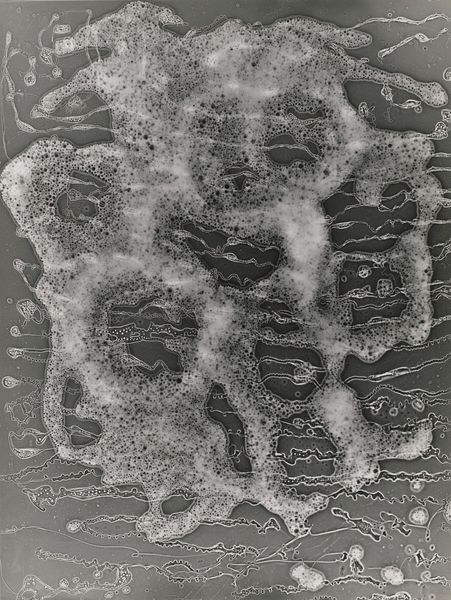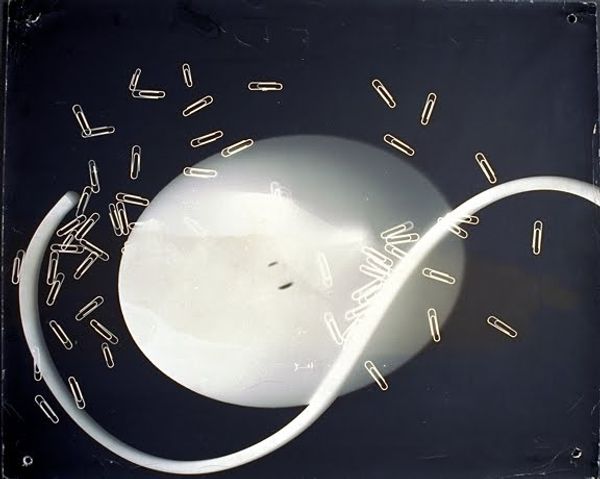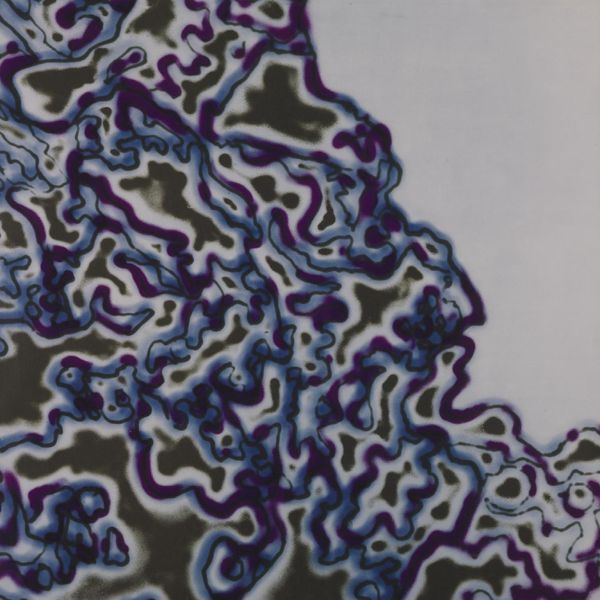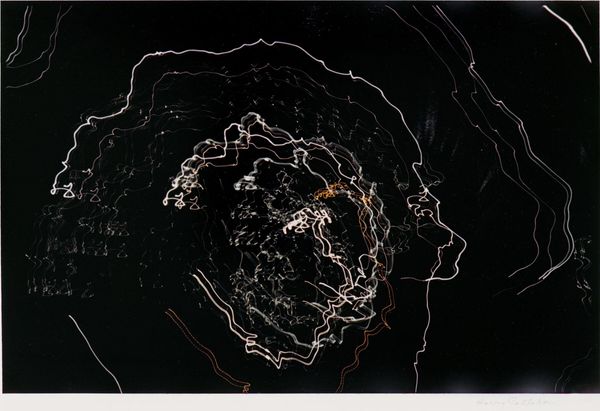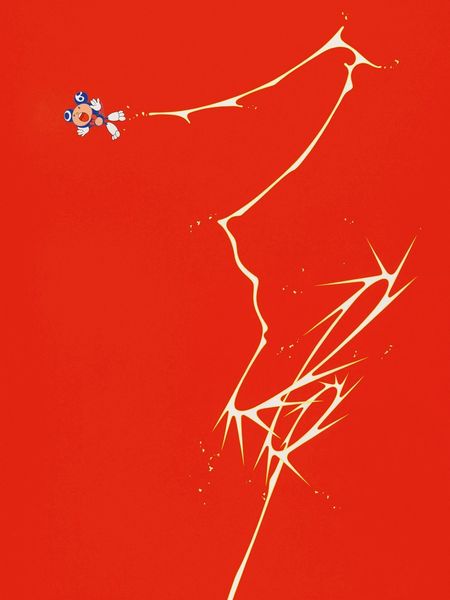
painting
#
painting
#
landscape
#
figuration
#
neo-expressionism
#
geometric
#
nude
#
surrealism
Copyright: Dieter Asmus,Fair Use
Curator: Dieter Asmus painted “Taucherin (auf Steinen)” in 1972, a striking work from his explorations in surrealism. Editor: The smoothness is immediately striking. It feels airbrushed, almost hyperreal, but then you realize it is, indeed, a painting of a diver on what appears to be stones reflected in very still water under a blue sky. Curator: Precisely. I see a fascinating exploration of identity here. Consider the diver's gear—the mask and flippers suggest a certain detachment from the body depicted nude, a disassociation from naturalism into constructed realities of leisure. The nude form stands outside the canon, pushing beyond familiar conventions and speaks, maybe, to female autonomy and sexual freedom. Editor: Interesting. I'm immediately drawn to the material properties—or rather, the illusion of them. The stones are repetitive forms and seem almost plastic. The hyper-smoothness subverts any traditional associations of 'natural' with art or craft made of the landscape. Curator: And doesn’t that juxtaposition make you question the nature/culture binary? How Asmus engages with post-war body politics through form itself—and whether that form is meant to appeal, unsettle, or maybe both? Editor: It brings me back to method and construction; the clean lines and the gradients involved in creating the light is almost technical. Is it about the act of painting a landscape rather than the experience of a landscape? A landscape created to be consumed, really, with a post-war, consumer aesthetic. Curator: A valid interpretation. I am just inclined to focus on its position in representing women’s identities, particularly at that moment. Seeing past dominant gazes in figuration towards…possibility? Editor: Absolutely, the tension created is palpable. On my end, the medium challenges assumptions around labor—how much time, what specific techniques of color and form are being commodified within art making. It's a worthwhile paradox. Curator: Yes, I think the work really does engage those themes of liberation—we’ve had a conversation opening further entryways and diverse avenues of perception. Editor: It has indeed shifted from landscape and materials to representations of labor, identity, and societal pressures, ultimately revealing connections to materiality. A complex painting!
Comments
No comments
Be the first to comment and join the conversation on the ultimate creative platform.
